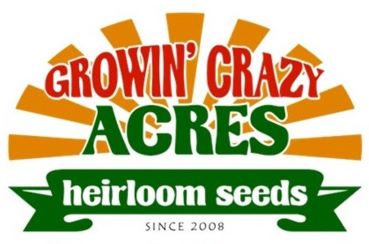Sage
Common name for the two genera Salvia and Audibertia; but most popularly for the hardy sub-shrub Salvia officinalis , which is extensively grown for seasoning dressings used with rich meats, and for flavoring sausages and cheese.
Seeds should be sown thinly indoors or in outdoor cold frames. Transplant when plants are large enough to move, setting them at least 18 inches apart, and providing a clean growing area. As the plants often exceed 3 feet in diameter, they should be planted at least that far apart.
Sage grows best in a soil comprised of a rich clay loam with an adequate supply of available nitrogen. It will tolerate a wide range of soil conditions, however, especially if they are well-draining and rich in nitrogen.
Sage is easily propagated through stem cuttings, which are easily rooted in sand and other rooting media and then planted in rows three feet apart.
Sage leaves should be harvested prior to blooming. Dry in a well-ventilated room on screens away from direct sunlight and then store in tight jars.
 Growing Sage
Growing Sage
Growing Cultures
Outdoors, containers, hydroponics.
Plant Height
Sage plants grow to a height of 24 to 36 inches (60 – 90cm).
Plant Spacing
Sage plants should be spaced 24 to 36 inches (60 – 90cm) apart.
Preferred pH Range
Sage will grow in a pH range between 5.6 (acidic) and 7.8 (mildly alkaline) with a preferred range between 6.0 and 6.5.
Propagation
Sow indoors in sunny location or under plant grow lights six to eight weeks before last frost. Sage propagates well via stem cuttings.
Seed Germination Period
10 to 21 days.
Seeds Per Gram (Approximate)
125.
Soil Requirements
Well-draining, rich, light or heavy.
Alternative Growing Media
Soilless potting mixes, perlite, vermiculite, rockwool, coco peat, Oasis foam.
Time From Seed to Saleable Plant
Sow in plugs or seed flats 12 to 14 weeks before sale. Seeds to finished plugs, 8 weeks; plugs to saleable plants, 4 to 6 weeks.
Sun & Lighting Requirements
Sage grown outdoors prefers full sun.
Sage will grow indoors satisfactorily under standard fluorescent lamps, and exceptionally well under high output fluorescent , compact fluorescent, or high intensity discharge (metal halide or high pressure sodium) plant growing lights. Keep standard fluorescent lamps between 2 and 4 inches from the tops of the plants, high output and compact fluorescents approximately one foot above the plants, and HID lights between 2 and 4 feet above the plants, depending on wattage. Have an oscillating fan gently stir seedlings for at least 2 hours per day to stimulate shorter, sturdier, and more natural plant habit.
USDA Hardiness
4a to 11.
Water Requirements
Average water needs. Water on a regular schedule, do not overwater.
Potential Pests & Diseases
Whitefly, spider mites, mealybug. Damping off and powdery mildew.
Special Notes
Sage is known to attract bees, butterflies and birds. Suitable for containers. Aromatic, evergreen.
